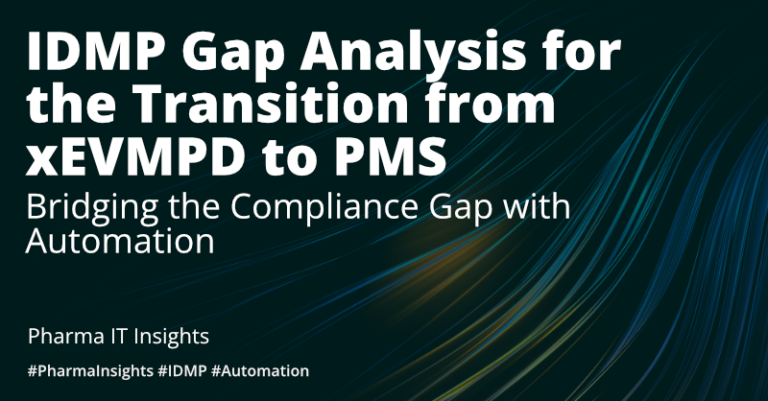
Share on email
Share on linkedin
Share on facebook
Share on whatsapp
Share on twitter
By Sukhjit Gill
December 6, 2023
By Sukhjit Gill
December 6, 2023
With safety caseloads increasing by an average of 30-50% per year, it is no wonder why Oracle has dubbed 2020 and beyond the “Data Science Decade”. This increase, however, is not reflected in the size of pharmacovigilance team budgets. As a consequence, several companies have looked to save money by offshoring and outsourcing their case processing. While this may have been enough 10 years ago, companies are now looking to case processing automation solutions to supplement these strategies, offset qualified staffing shortages, and further increase efficiency.
The simplest form of automation, rules-based automation (RBA) refers to a system that applies human-made rules to store, sort and manipulate data.
Robotic process automation (RPA), also known as software robotics, is a bit more complex. It works by deploying scripts which emulate human processes. This allows RPA tools to complete autonomous execution of various activities and transactions across unrelated software systems.
For repetitive, mundane, or tedious tasks RBA and RPA can often be applied. Validated RBA and RPA solutions can help reduce strain on your safety staff by allowing them to focus on tasks that require a higher degree of human expertise instead.
Artificial intelligence (AI) is the most complex of these automation types. AI leverages computers and machines to mimic the problem-solving and decision-making capabilities of the human mind. AI solutions can further increase process efficiencies by augmenting and supporting safety staff.
The critical difference between these three types of automation is that RBA and RPA are process-driven, whereas AI is data-driven. This means that RBA and RPA bots can only follow the processes pre-defined by an end user, while AI bots use machine learning to recognize patterns in data, in particular unstructured data, and learn over time.
Pharma IT’s Drug Safety and Pharmacovigilance team can help
Our Drug Safety and Pharmacovigilance team can help
At Pharma IT, we’ve seen firsthand the gains in efficiency automation offers safety team. Our Individual Case Safety Report (ICSR) RPA solution automates 60-70% of the work related to data entry of initial spontaneous ICSRs. The automation is based on a structured ICSR form that can be converted into XML, and a robot that automates “book-in” and “data entry” into your safety system. This solution has helped our customers save time and improve data quality.

The most difficult hurdle in incorporating automation into your safety processes is getting started. This innovation overwhelm often leaves companies paralyzed. Instead of trying to automate your entire safety process, start by identifying and automating a single process first — ideally the biggest bottleneck. To document the value of this automation, be sure to track your baseline and new processing times. In doing so, you will make the case for future automation integration.
If you need support with Drug Safety & Pharmacovigilance process automation our team can help. Reach out today using the contact button below.
Sukhjit Gill is the Director of Drug Safety & Pharmacovigilance at Pharma IT. Her team consists of over 12 skilled pharmacovigilance consultants. She holds more than 15 years of experience from pharmaceutical companies and 3+ years of experience within the medical device industry.